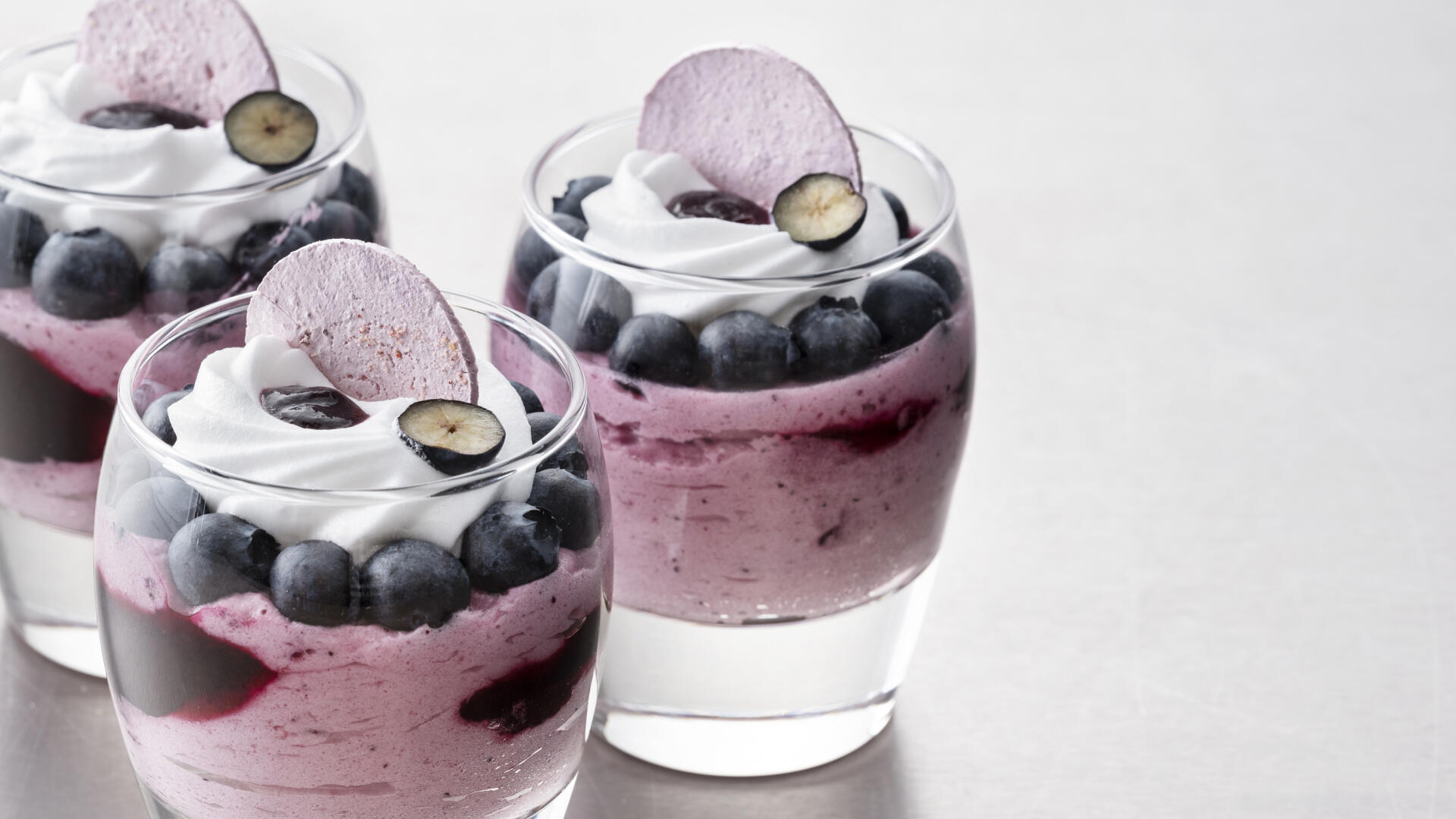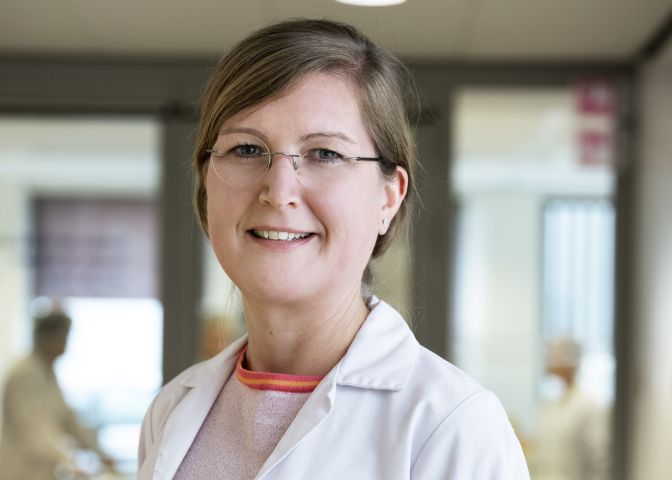
Yvonne Kaupmann
Yvonne Kaupmann is a food technologist by profession. She has a passion for connecting with people and determination to find just the right solution to every challenge that comes her way.
When an industrial customer reaches out to FrieslandCampina Professional, they will open up a vast resource of support and peer-to-peer collaboration. In this interview, Yvonne Kaupmann who heads up our technical specialists team, explains what happens once her team receives an enquiry.

01 | Can you talk us through what a customer can expect?
Yvonne: "When reaching out to us as an existing customer, whether your question is small or big, we strive to deliver spot-on advice of the highest quality to assist you in your projects. Our team has a vast amount of applications experience and huge sources of data to draw upon so we can pinpoint the perfect solution.
In our first meeting together, we will answer additional questions that arise and we’ll also agree upon our next steps. We like to use this first meeting as a chance for you to gain clarity around your challenge, and we are also happy to share a product sample to start.
Your business and the challenges you face are what occupy us every day. It’s this personal approach and face-to-face contact moments that define the service and support you receive."

02 | What is the secret of a successful NPD?
Yvonne: "I don’t believe there is just one secret, in the same way as there is never a 100% guarantee of success. But we do have a lot of experience in understanding what makes the market tick, and in guiding our customers through the development process. When developing a new product together with our customers, we usually go through 4 development phases."
1. DISCOVERY.
Identify what’s missing. Typically, innovation starts with the realisation that something is ‘missing’. Pinpointing what this is, and enriching the concept with the right insights, is a crucial step in assessing the theoretical feasibility. It is essential to base this stage on sound data and verified facts. Any false assumptions here will lead in the wrong direction, and result in a failed innovation. It is better to pull the plug at this stage than to persevere in the absence of reliable insights.
2. DESIGN.
Bring concepts to life. The next phase is exciting because it’s when the idea is tested against all the requirements, and you can start to see your concept brought into reality. You can access FrieslandCampina Professional’s extensive range of validation tools during this phase. It can be a tense time because as a project team, you want to know immediately whether your product hits the mark.
3. VALIDATE.
Check it meets requirements. The ‘design’ phase, when the idea is enriched with insights, is typically when we start developing concepts with you and exploring the first prototypes. This is where ideas truly come to life. You can benefit from an extensive database of facts and figures that provide information about various applications, ingredients functionality and interaction in different product applications. This is where we see those magical moments where even a small change can have a huge effect. On the other hand, there are times when every single detail needs to be looked at to really get the desired product. This phase is marked by intense exchange, openness, and honest feedback.
4. LAUNCH.
The ultimate test when consumers try the product. Once the go-ahead is received, the launch is just a step away. Once R&D approval is granted, it’s time for the technical people to hand over to other experts, such as marketing. If you want to boost your own team temporarily, experts from different disciplines can join the process at this stage to help ensure your product launch is a success. "
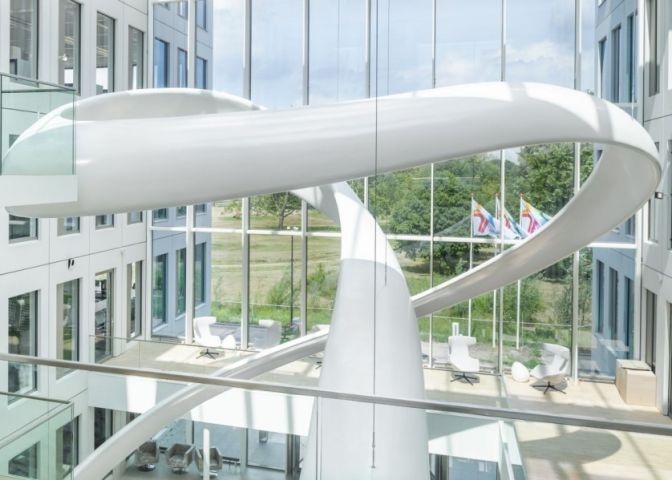
03 | What are the most common hurdles?
Yvonne: "False assumptions are potentially a big hindrance. It can be surprising how often they occur, but the human brain is programmed to take shortcuts to the seemingly simplest solutions. That can lead us to accept what we think we know and block out anything that challenges our thinking. Therefore, we strive to have a close, trust-based relationship and short lines of communication with our partners. This reduces the incidence of assumptions and guesswork which ultimately leads to shorter develop time and success in the market for both parties."
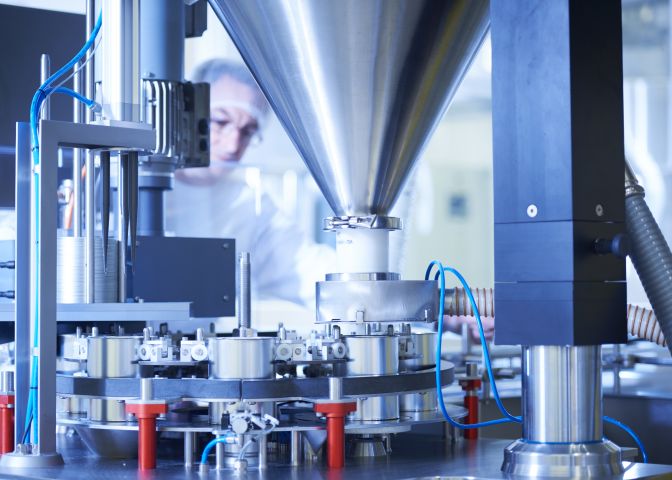
04 | With what type of questions can customers reach out?
Yvonne: "Anyone can reach out to us for many different things; it can be a very minor question, an isolated product demonstration, tweaking a single ingredient, a new product launch, or ongoing support. The process as such does not differ that much. Earlier, I spoke about the different phases of innovation, and these phases are equally applicable for new product development as well as when adjusting an ingredient. The difference lies more in the intensity of the various phases. Based on the need, and in close cooperation with you, we offer tailored support to tap into the different phases as deeply as is necessary."
Did you know?
That we are happy to travel to you so we can see your full production set-up and engage with the whole project team, to help you in the best way possible. Or, if you are interested in more in-depth details on what we have to offer, you are also welcome to visit our facilities. We can also run tests and trials together in our Innovation Centre in Wageningen in the Netherlands.
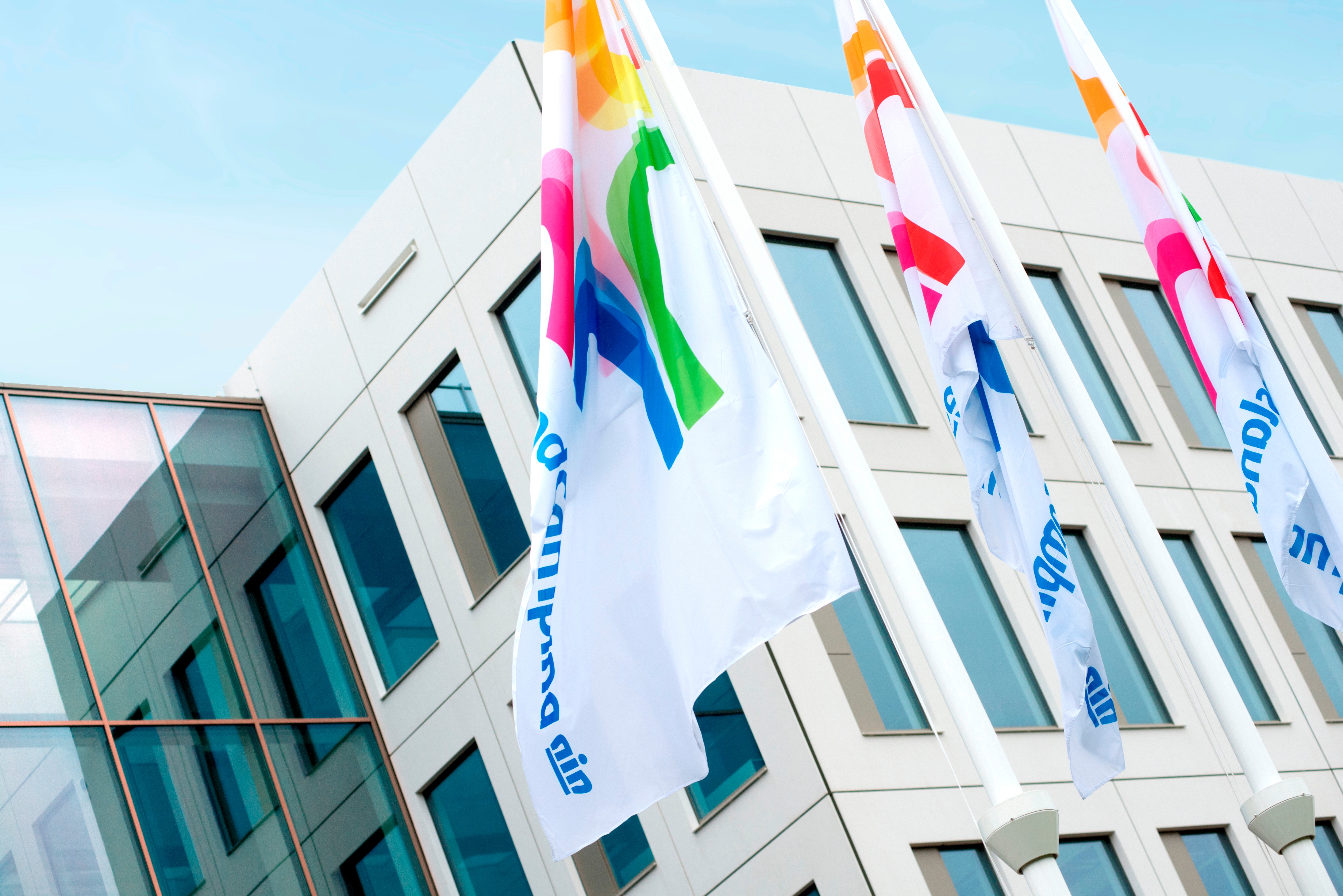

Explore more insights


